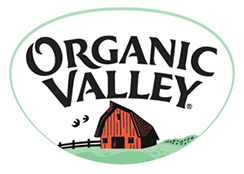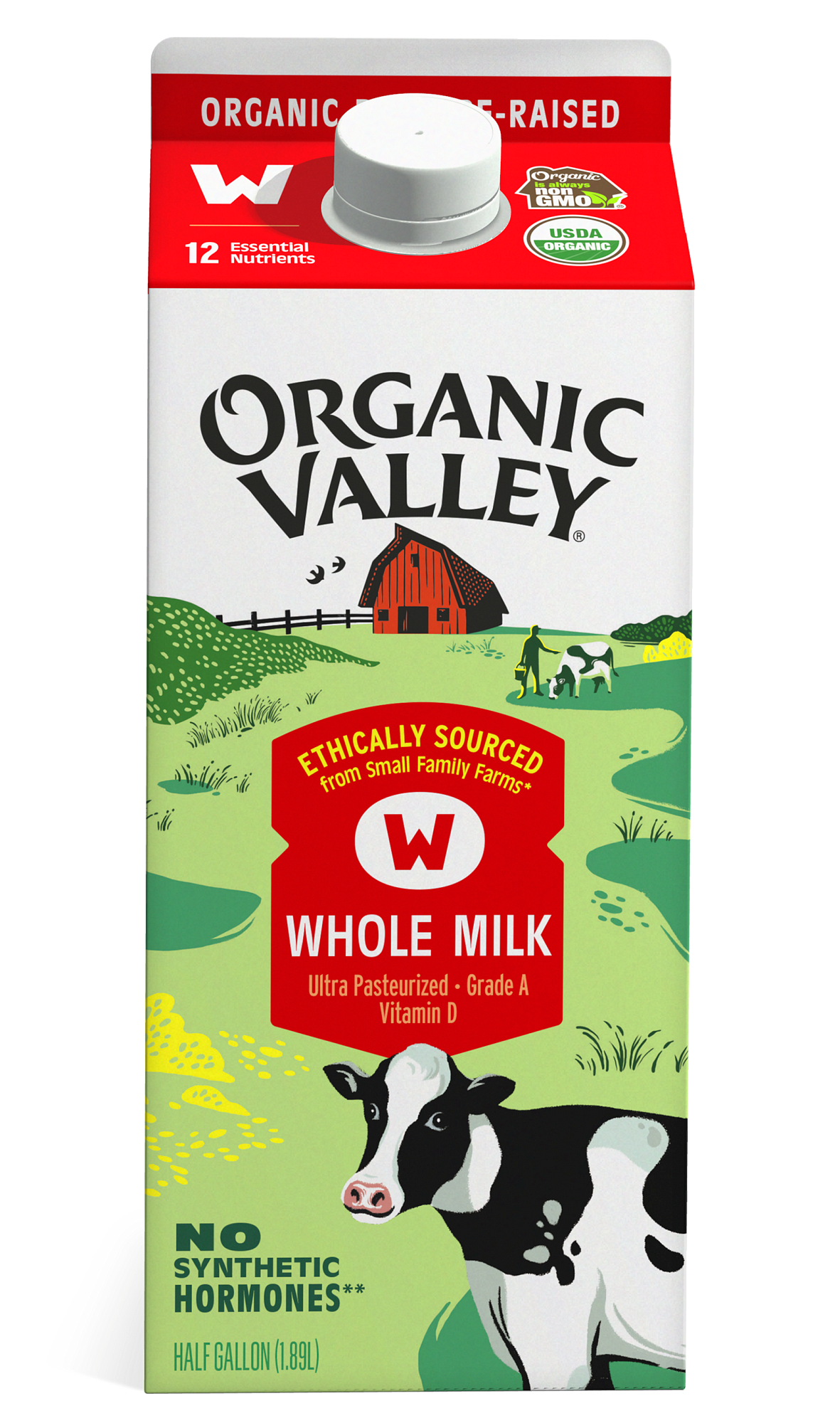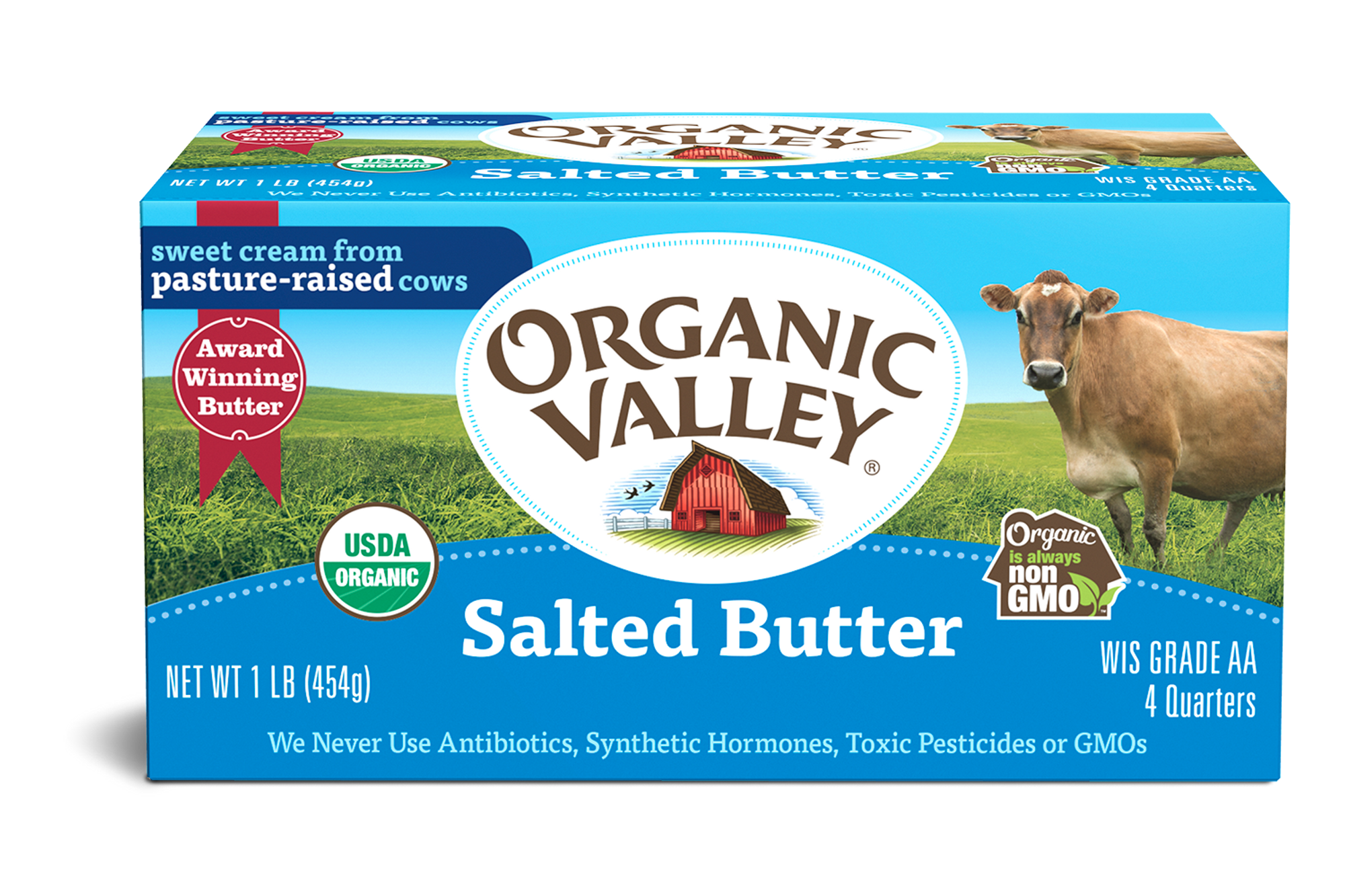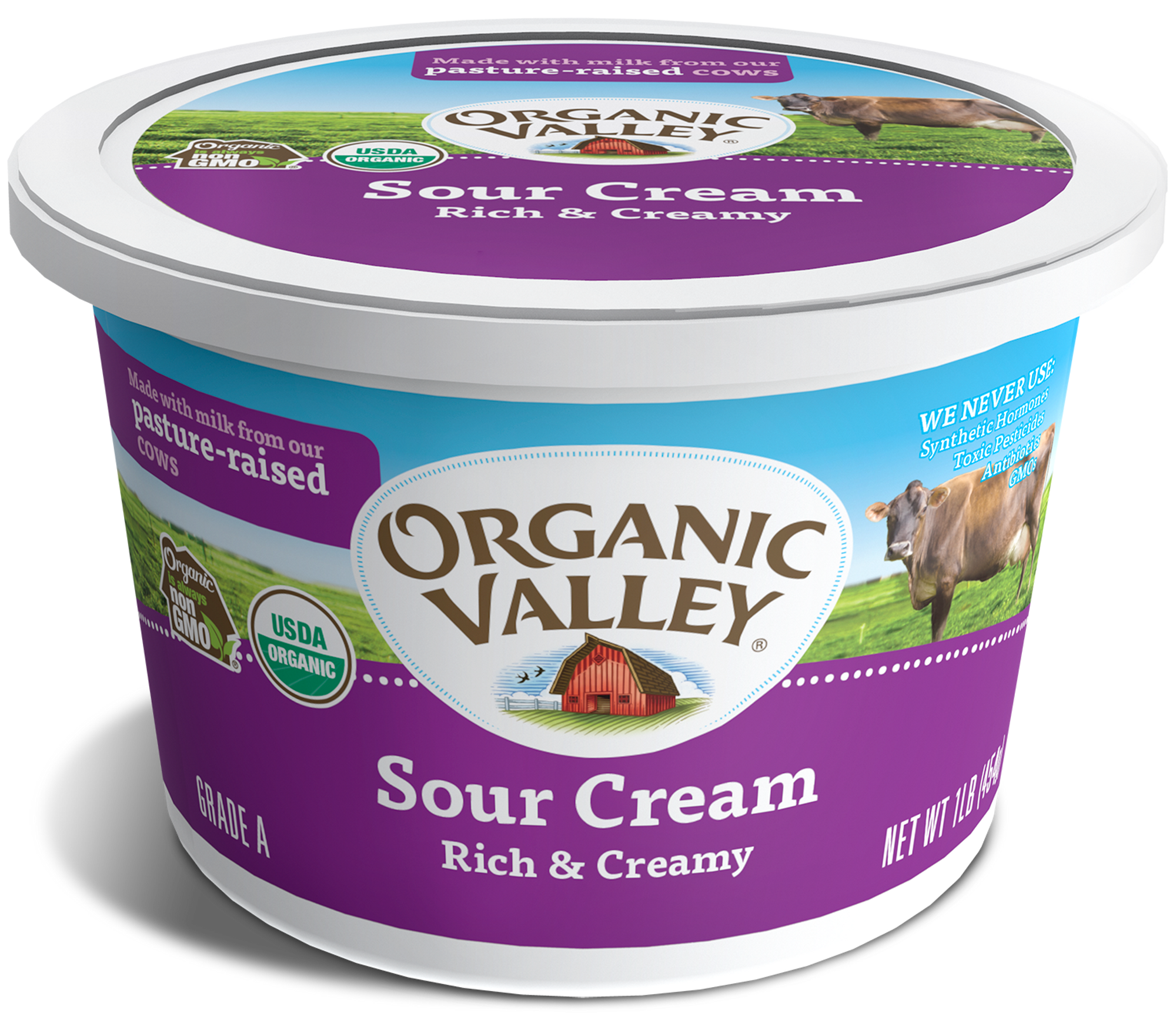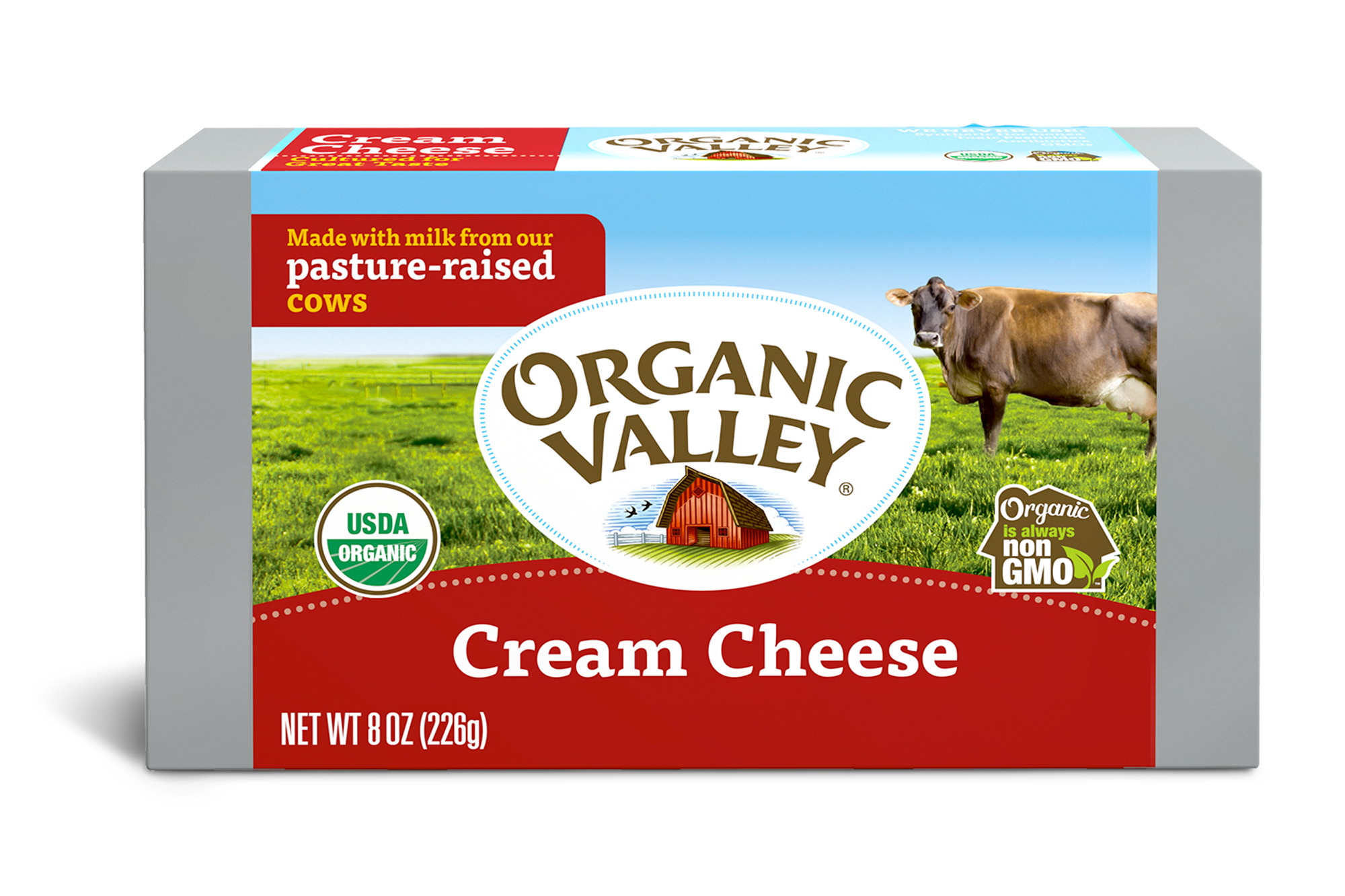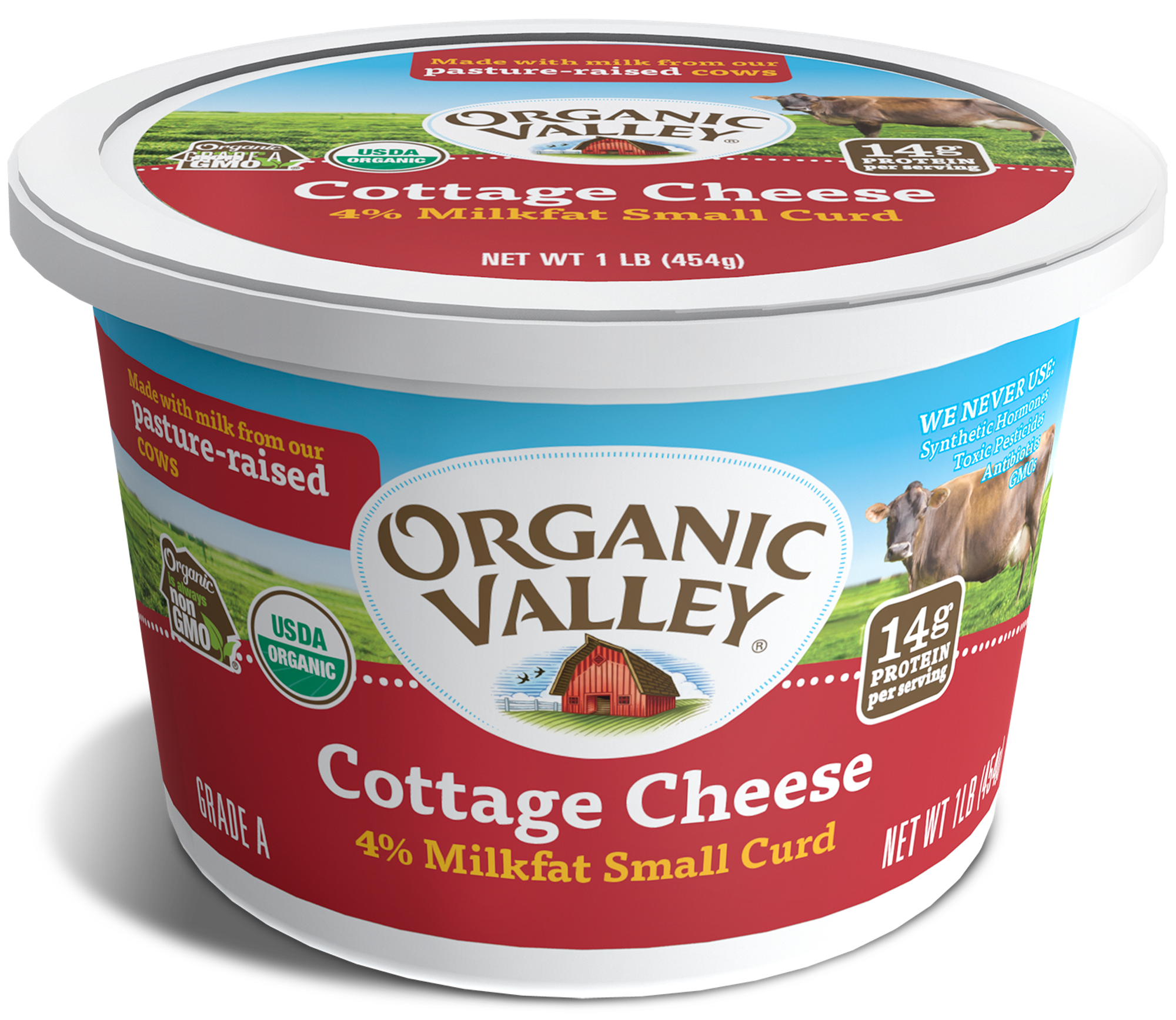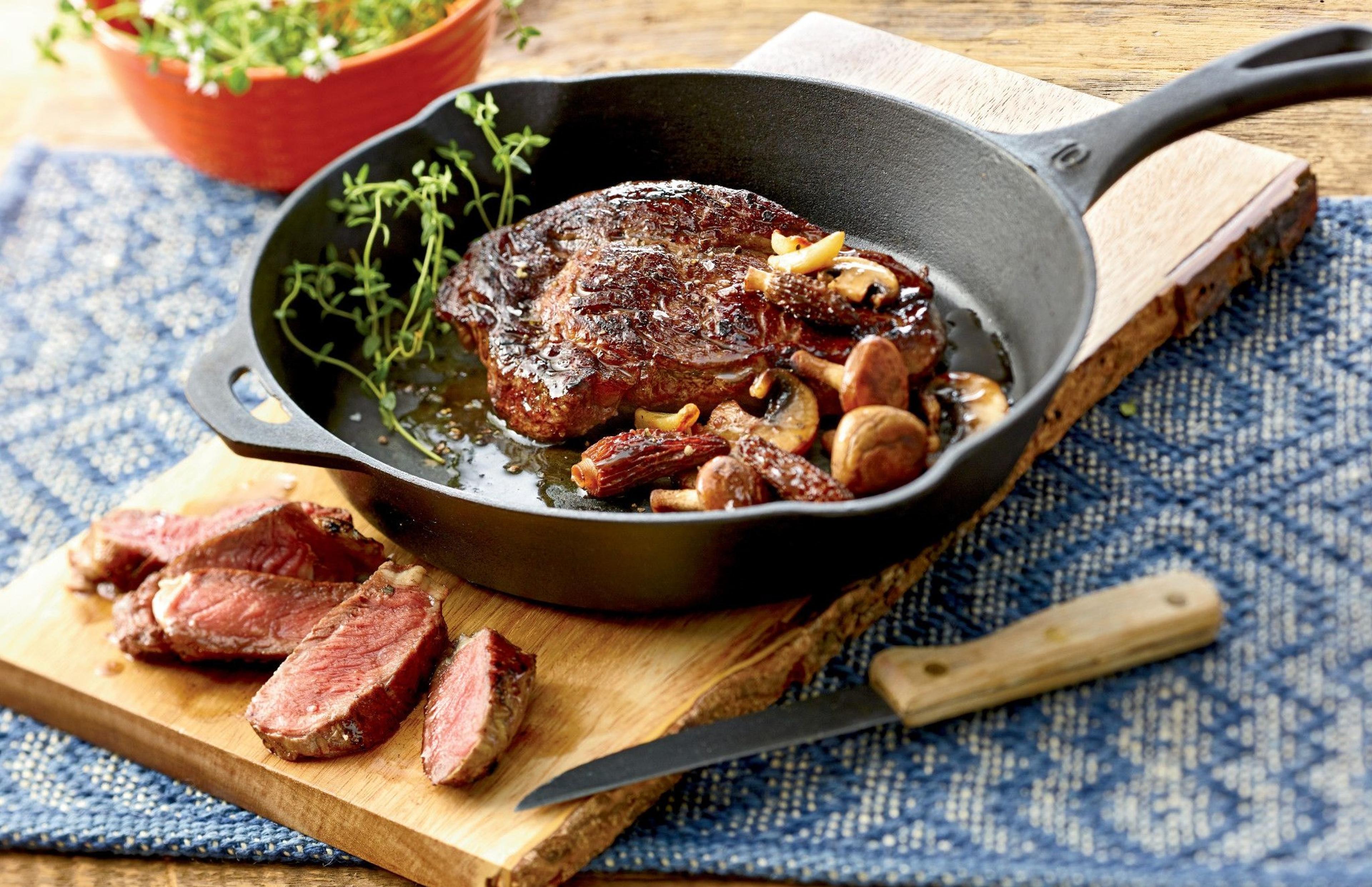
Food
How to Add More High-Quality Protein to Your Diet
Special diets and cleanses come and go, but one thing has remained the same when we look into actual diet trends: Protein.
Whether it's a diet with a foundation of high protein, or a lifestyle of choosing balanced healthy proteins, this one factor has not changed like fat, carbs and alternative sugars have over the years. And it won't. Why? Because our bodies need protein to function. Protein builds muscle, repairs tissues, grows hair and even repairs our cells. DNA is made up of amino acids, which are the building blocks of proteins. Since we need it so much, we believe it should be of the highest quality. And it doesn't always have to be meat!
Here’s What to Look For
There are all sorts of articles out there about getting more protein into your diet, but how many are focusing on the quality of that protein? It's not always about quantity — quality matters a whole lot too.
#1: Organic
Organic is a biggie. This little green seal covers so much more than just the obvious no toxic pesticides, antibiotics, growth hormones and GMOs. It requires a lot of real, green pasture for cows and plenty of appropriate outdoor access for other species. It is an act of Congress that has real, legal consequences if a farm, processor, or brand goes out of line. Organic protein is something to favor if you’re able. Read more about what certified organic means.
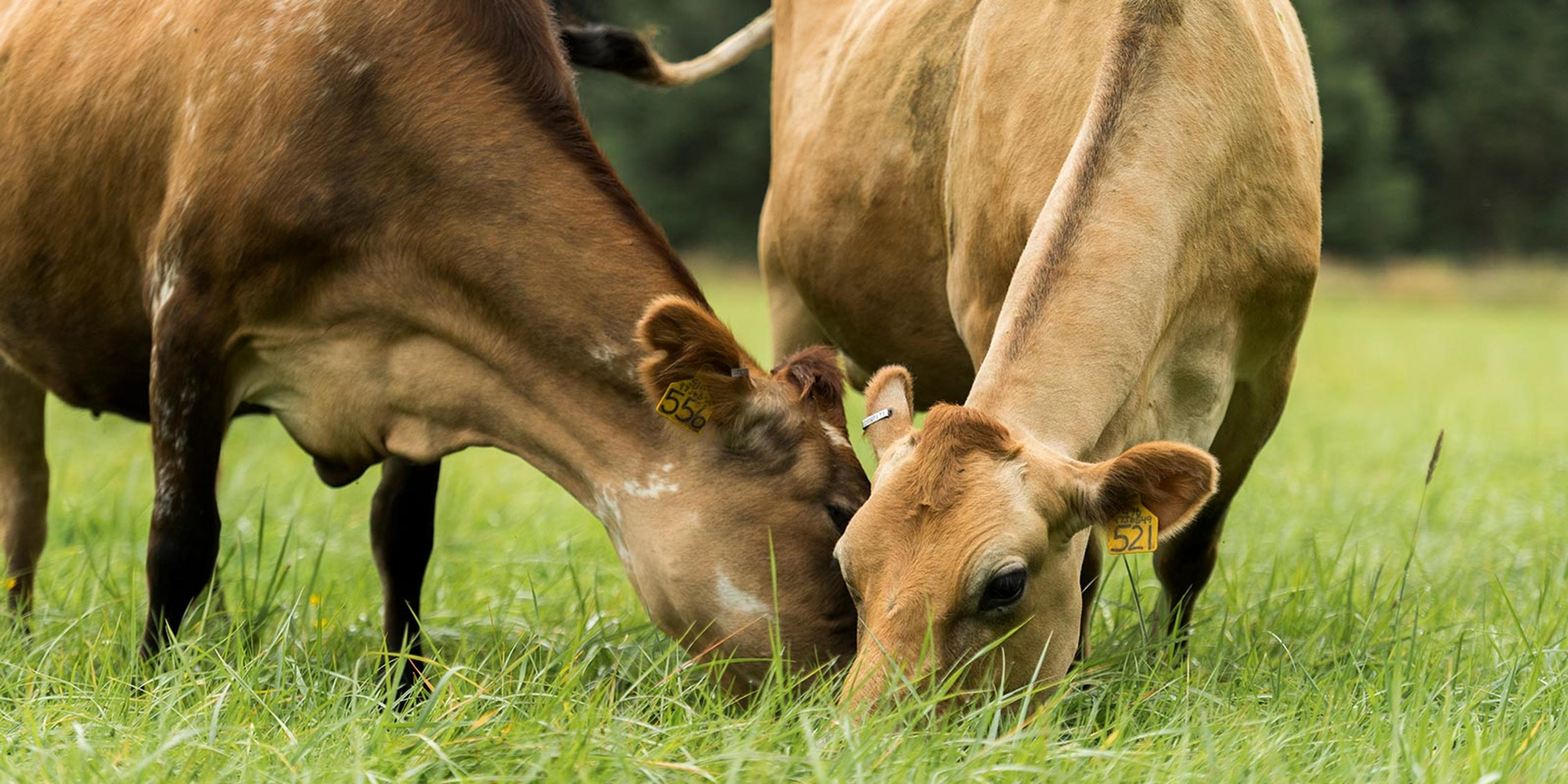
Jersey cows happily graze on the Johnston family’s Spring Valley Farm in western Oregon.
#2: Grass-fed
Whether meat, dairy or eggs, grass makes a huge difference in the animal's quality of life, which then translates to higher quality food. Organic grass-fed whole milk like Grassmilk® has been shown to have a whopping 147% more omega-3 and 125% more conjugated linoleic acid (CLA) than non-organic whole milk. Grass-fed meat has higher levels of omega-3 and an ideal ratio of omega-3 to omega-6 too.
Grass even matters for eggs, one of the highest-quality and easily digestible sources for protein. Hens that are free to forage outside in grass will scratch and peck — normal bird behaviors — and eat a more varied diet that includes bugs and bits of grass as well as their usual feed ration. (What do Organic Valley free-range hens eat?) As one of the best sources of non-meat protein, organic eggs are high on our list.
More Grass = Happy, Healthy Animals
How do we know our animals are happy? Our farmers have decades of experience observing their cows, pigs and chickens, and noting their behavior to make sure they’re living low-stress lives. We even have on-staff veterinarians dedicated to cow health and happiness. Healthy, happy cows will be more social, will move around easily and will eat and rest at predictable intervals — and we’ve noticed they do more of these things when they’re outside, on grass. It’s the same with our birds. Happy hens enjoy scratching the ground, hunting and pecking for bugs and seeds, and dustbathing.

An egg white omelette filled with vegetables and a touch of shredded cheese is a great way to balance your protein sources.
#3: Balance
It’s well documented that Americans eat more meat than anywhere else in the world — between 200 to 250 pounds per person per year, depending on what source you see. But meat shouldn’t be your sole source of protein. Swapping in vegetable proteins here and there is an obvious tip, but remember that milk, cheese and eggs are also great sources of non-meat protein with the added benefit of including healthy fats. Variety and balance are good for our health as well as our planet.
How much protein should I eat in a day? It’s complicated. Although the recommended daily allowance (RDA) is 0.36 grams per pound of body weight, what’s right for you depends on your gender, weight, activity level, general diet, whether you’re pregnant or nursing and other nutritional factors. It even depends on what organization is making the recommendations. In short, we suggest doing some research to determine your needs and consulting with a professional if needed.
4 Protein Foods to Watch For
Keeping these staples on-hand will ensure you have a wide variety of high-quality protein sources that you can grab as you’re rushing out the door or cooking up a healthy family meal.
1. Swap protein powders for naturally high-protein foods
Powdered protein shake mixes and other protein beverages have ingredient labels that read like tongue twisters and can taste chalky and weird. Instead of using powders in your next smoothie, try adding whole foods that are naturally higher in protein and low in sugar, like a tablespoon of natural peanut butter, nuts, plain nonfat Greek-style yogurt or Organic Valley Lowfat Cottage Cheese.

2. Use Organic Valley fortified milks over regular milk
For a high-protein milk for cereal or a smoothie base, check out Organic Valley's fortified lowfat and skim milks. These milks blend in real, organic, nonfat dry milk powder, which boosts the protein and calcium over regular milk. (They're milk with more milk in them!) Our fortified milks are fantastic for families where you need to satisfy the needs (and wants) of both adults and kids.

3. Pack Mighty Organic Snacks and skip gas station meat snacks
When you’re craving protein on the run, those gas station beef sticks are easy and may tame a rumbly tummy, but how much do you know about where the meat came from and how it was raised? Not much. What about the artificial fillers those snacks might contain?
Instead, Mighty Organic Meat Snacks like beef sticks are a fantastic swap — high in protein, certified organic, humanely raised and no nitrates, nitrites or other nonsense. Not to mention, they come from the same farms that bring you Organic Valley foods!
4. Choose organic, grass-fed meat over conventional grass-fed meat
Choosing organic meat is an area where you can do a lot of good for both yourself and the farm! 100% grass-fed organic meat shows higher omega-3 levels, a healthier fat profile and it’s a high-quality clean protein since the animals wouldn’t have been fed pasture grown with pesticides and herbicides. Organic pasture-raised meat is also an excellent option if you’re someone who cares about the animal’s quality of life. Remember, not all grass-fed meat is organic, so look for the USDA Organic seal too!
Although we offer organic meat, we also recognize that Americans consume more meat than most of us need, which is why we put so many non-meat options on our list of ways to add more protein to your diet. There’s a lot wrong with raising animals on an industrial scale and in confinement, so we fiercely believe in raising animals humanely outside on pasture by small family farmers who can give plenty of attention to their animals.
If you’re looking for more variety and attention to detail in your protein game, Organic Valley is here for you!
Related Articles
- Tags:
- organic nutrition,
- organic breakfast,
- high quality products
